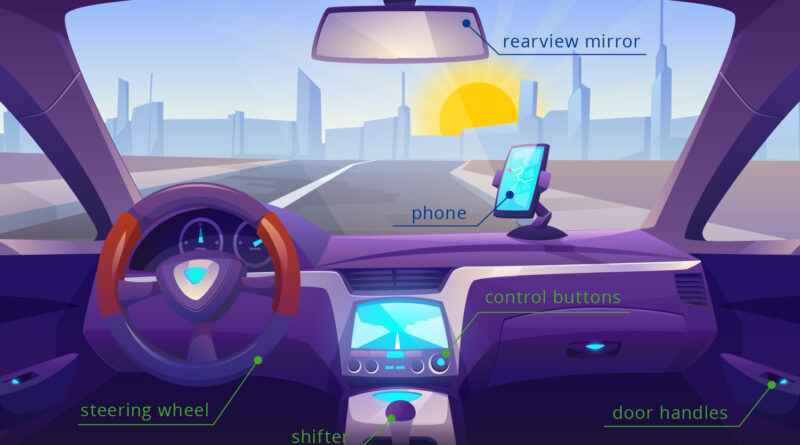What Is Traffic Sign Recognition
As modern vehicles become more advanced, Traffic Sign Recognition (TSR) systems are emerging as essential tools for enhancing road safety and driving convenience. This technology, which identifies and displays road signs to drivers, helps ensure compliance with traffic rules and reduces the likelihood of accidents. In this article, we’ll explore how Traffic Sign Recognition works, its benefits, and its role in the future of driving.
What is Traffic Sign Recognition?
Traffic Sign Recognition (TSR) is an advanced driver assistance system (ADAS) that uses cameras and image processing technology to detect and interpret road signs. These signs include speed limits, no entry signs, stop signs, and more. Once recognized, the information is displayed to the driver through the vehicle’s dashboard or head-up display, ensuring that drivers are always aware of the current traffic regulations.
How Does Traffic Sign Recognition Work?
- Detection: A forward-facing camera, usually mounted near the rearview mirror, continuously scans the road ahead for traffic signs.
- Recognition: Using image processing software, the system identifies and interprets the shapes, colors, and symbols of the signs.
- Display: The recognized signs are then displayed on the vehicle’s dashboard, head-up display, or infotainment system, providing real-time information to the driver.
- Integration with Other Systems: TSR can work in conjunction with other ADAS features, such as adaptive cruise control and navigation systems, to provide comprehensive driving assistance.
Benefits of Traffic Sign Recognition
- Improved Safety: By keeping drivers informed of traffic signs, TSR helps prevent accidents caused by missed or ignored signs, such as speed limits and stop signs.
- Enhanced Compliance: TSR assists drivers in adhering to traffic laws, reducing the risk of fines and penalties.
- Reduced Driver Stress: With TSR, drivers don’t need to constantly scan for signs, allowing them to focus more on the road ahead.
- Support for New Drivers: TSR provides additional support for novice drivers who may not be familiar with all traffic signs, helping them drive more safely and confidently.
- Integration with Navigation: When combined with navigation systems, TSR can offer dynamic route adjustments based on current speed limits and other traffic regulations.
Common Traffic Signs Detected by TSR
- Speed Limit Signs: Alerts drivers to the current speed limit, helping to prevent speeding.
- No Overtaking Signs: Informs drivers when overtaking is prohibited.
- Stop Signs: Ensures drivers come to a complete stop at intersections.
- Yield Signs: Alerts drivers to give way to other road users.
- No Entry Signs: Prevents drivers from entering restricted areas.
The Future of Traffic Sign Recognition
As vehicle technology continues to evolve, TSR systems are expected to become even more sophisticated. Future advancements may include:
- Enhanced Accuracy: Improved camera and image processing technologies will allow for more accurate detection and recognition of signs, even in adverse weather conditions or poor lighting.
- Expanded Sign Libraries: TSR systems will be able to recognize a wider variety of signs from different countries, making them useful for international travel.
- Integration with Autonomous Driving: TSR will play a critical role in the development of fully autonomous vehicles, ensuring they can interpret and obey traffic signs without human intervention.
- Augmented Reality: Combining TSR with augmented reality displays can provide drivers with even more intuitive and immersive driving information.
Conclusion
Traffic Sign Recognition (TSR) is a key component of modern vehicle safety systems, offering significant benefits in terms of safety, compliance, and convenience. By continuously scanning for and interpreting traffic signs, TSR helps drivers stay informed and focused on the road, reducing the risk of accidents and traffic violations. As this technology continues to advance, it will play an increasingly important role in the future of smart, safe, and autonomous driving.
Buying a used VW. Buying used vauxhall, BMW, Jaguar, Ford, Volvo, Range rover, Bentley, Aston Martin, Porsche, Ferrari, Lamborghini, Maserati, Hyundai, Tesla, Honda, Pagani

